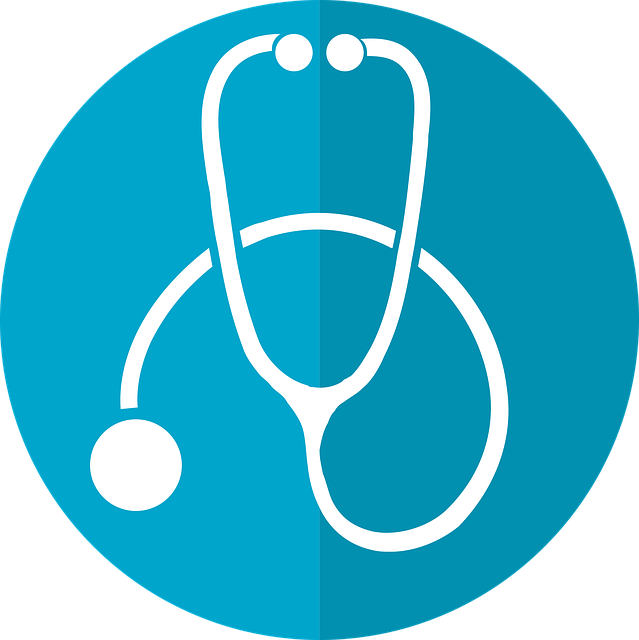Top 5 Skin Conditions: How to Identify and Treat Them at Home

Skin conditions can be frustrating and uncomfortable, affecting not just your physical health but also your self-esteem. Understanding these conditions, how to identify them, and knowing how to treat them at home can empower you to take control of your skin health. Here, we explore the top five skin conditions, providing you with essential tips for identification and home treatments.
| Skin Condition | Identification | Home Treatment |
|---|---|---|
| Acne | Pimples, blackheads, and cysts on the face, back, or shoulders. | Use over-the-counter treatments with benzoyl peroxide or salicylic acid. |
| Eczema | Red, itchy patches, often on the elbows and knees. | Apply moisturizing creams and avoid irritants. |
| Psoriasis | Thick, red patches covered with silvery scales. | Use topical treatments with corticosteroids or vitamin D analogs. |
| Rosacea | Persistent redness, visible blood vessels, and small red bumps on the face. | Avoid triggers like spicy foods; use gentle skincare products. |
| Fungal Infections | Red, itchy, and scaly patches, often in warm, moist areas. | Apply antifungal creams and keep the area dry. |
Understanding Acne
Acne is perhaps the most common skin condition, especially among teenagers. It can stem from hormonal changes, excess oil production, and clogged pores. To treat acne at home, consider using over-the-counter products containing benzoyl peroxide or salicylic acid. Regularly cleansing your face and avoiding heavy makeup can also help keep breakouts at bay.
Identifying Eczema
Eczema, or atopic dermatitis, is characterized by dry, itchy patches of skin. It often flares up due to environmental factors or allergens. For home treatment, keep your skin moisturized and avoid irritants like harsh soaps. Ointments containing hydrocortisone can also provide relief from itching and inflammation.
Psoriasis Insights
This chronic condition leads to the rapid growth of skin cells, creating thick, red patches covered with silvery scales. While there’s no cure, treatments are available. Topical corticosteroids and vitamin D analogs can improve symptoms significantly. It’s vital to maintain a consistent skincare routine and consult with a healthcare provider for severe cases.
Recognizing Rosacea
Rosacea is often mistaken for acne due to similar symptoms. However, it primarily affects adults, leading to facial redness and visible blood vessels. To manage rosacea at home, it’s essential to identify and avoid triggers, such as spicy foods or alcohol. Gentle skincare products are crucial for preventing flare-ups.
Fungal Infections Explained
Fungal infections can occur in various forms, such as athlete’s foot or ringworm. They thrive in warm, moist environments. Over-the-counter antifungal creams are effective for treatment. Keeping the affected area dry and free from moisture is essential for preventing recurrences.
While these home treatments can be effective, it’s always best to consult with a healthcare provider for persistent or severe skin conditions. Understanding your skin and recognizing the signs of these common conditions can lead to better management and improved confidence.
Further Reading
For more information, check out these sources:
- American Academy of Dermatology – Acne
- NIAMS – Eczema
- National Psoriasis Foundation
- National Rosacea Society
- CDC – Fungal Infections
